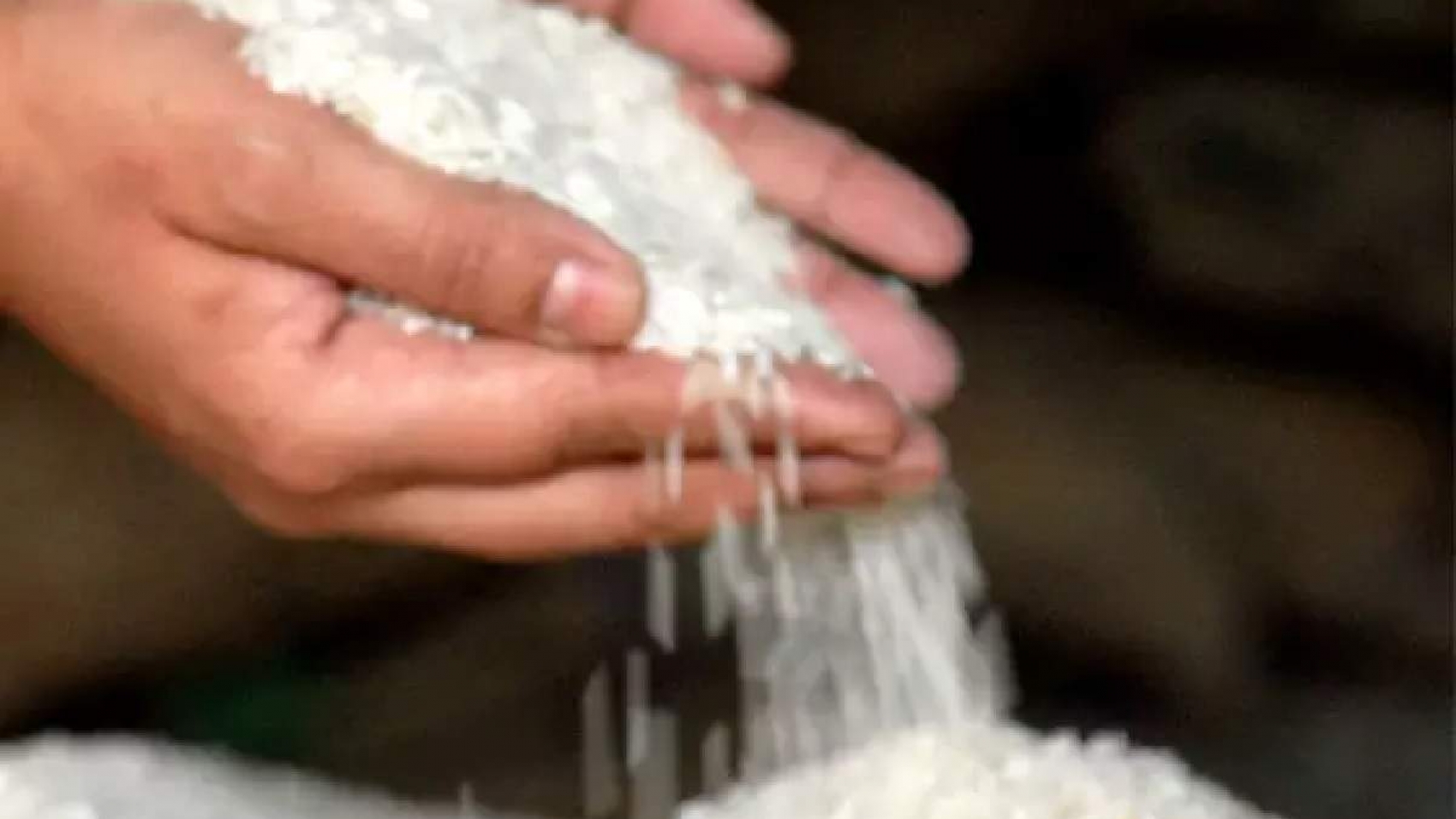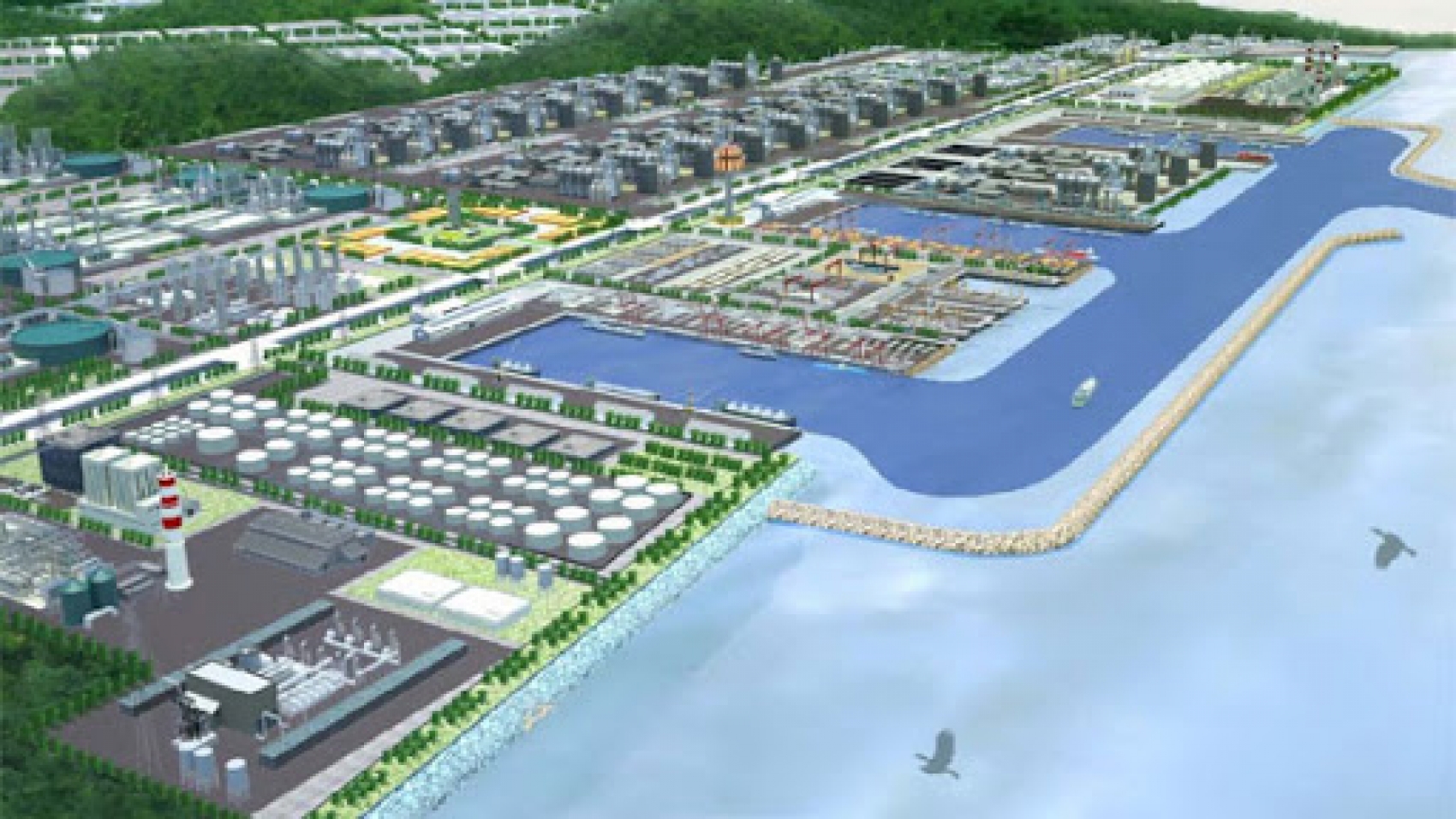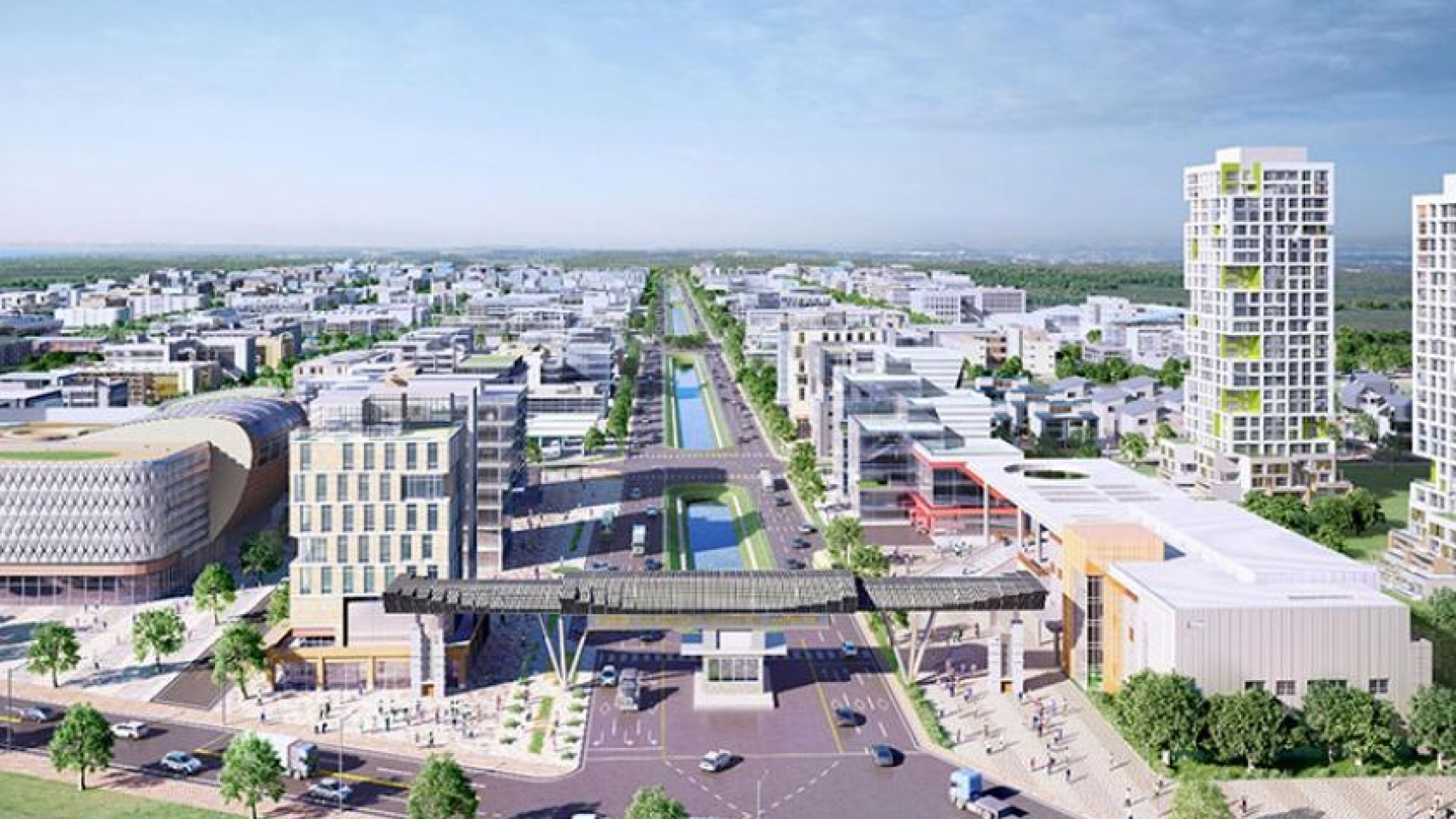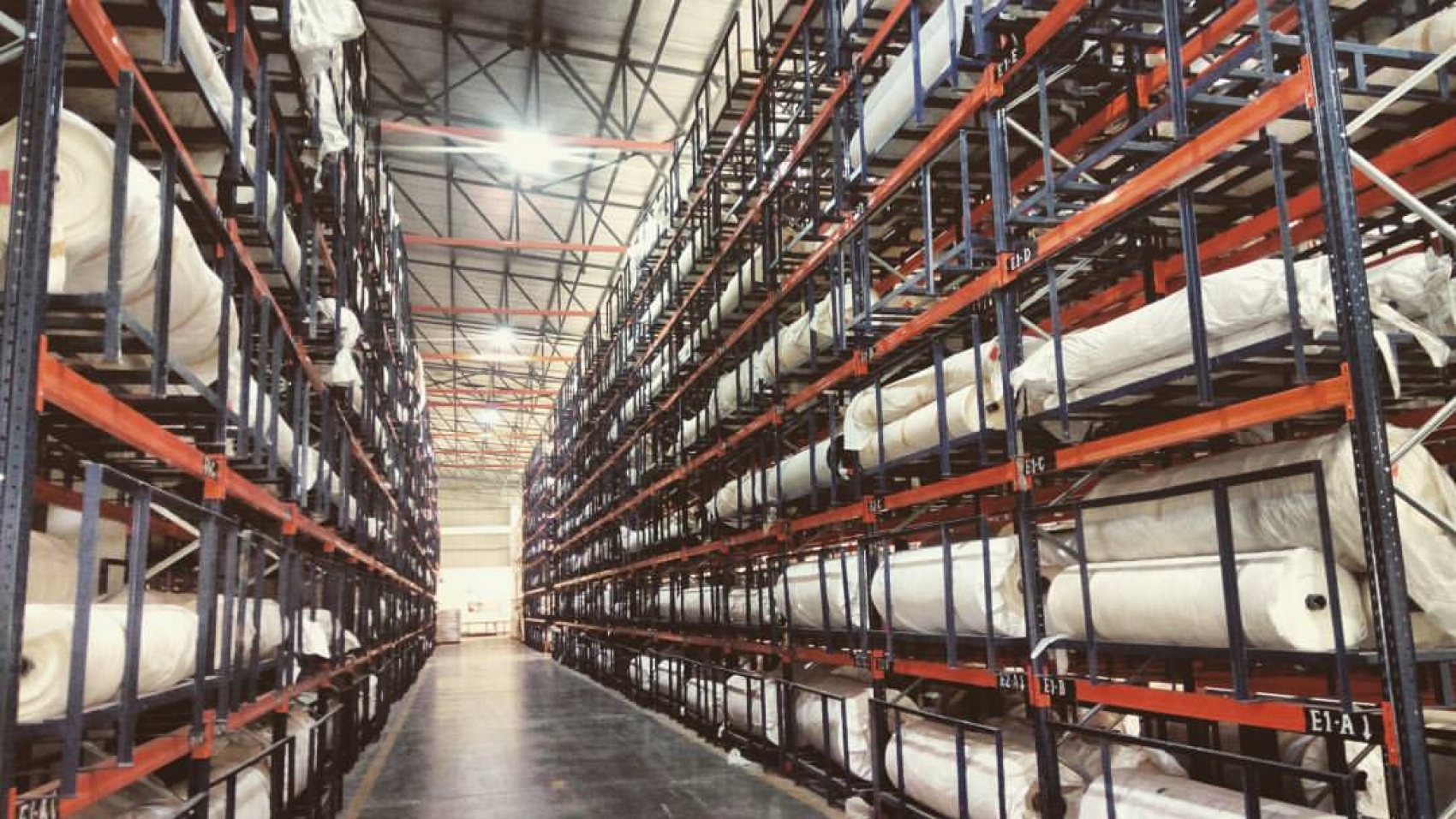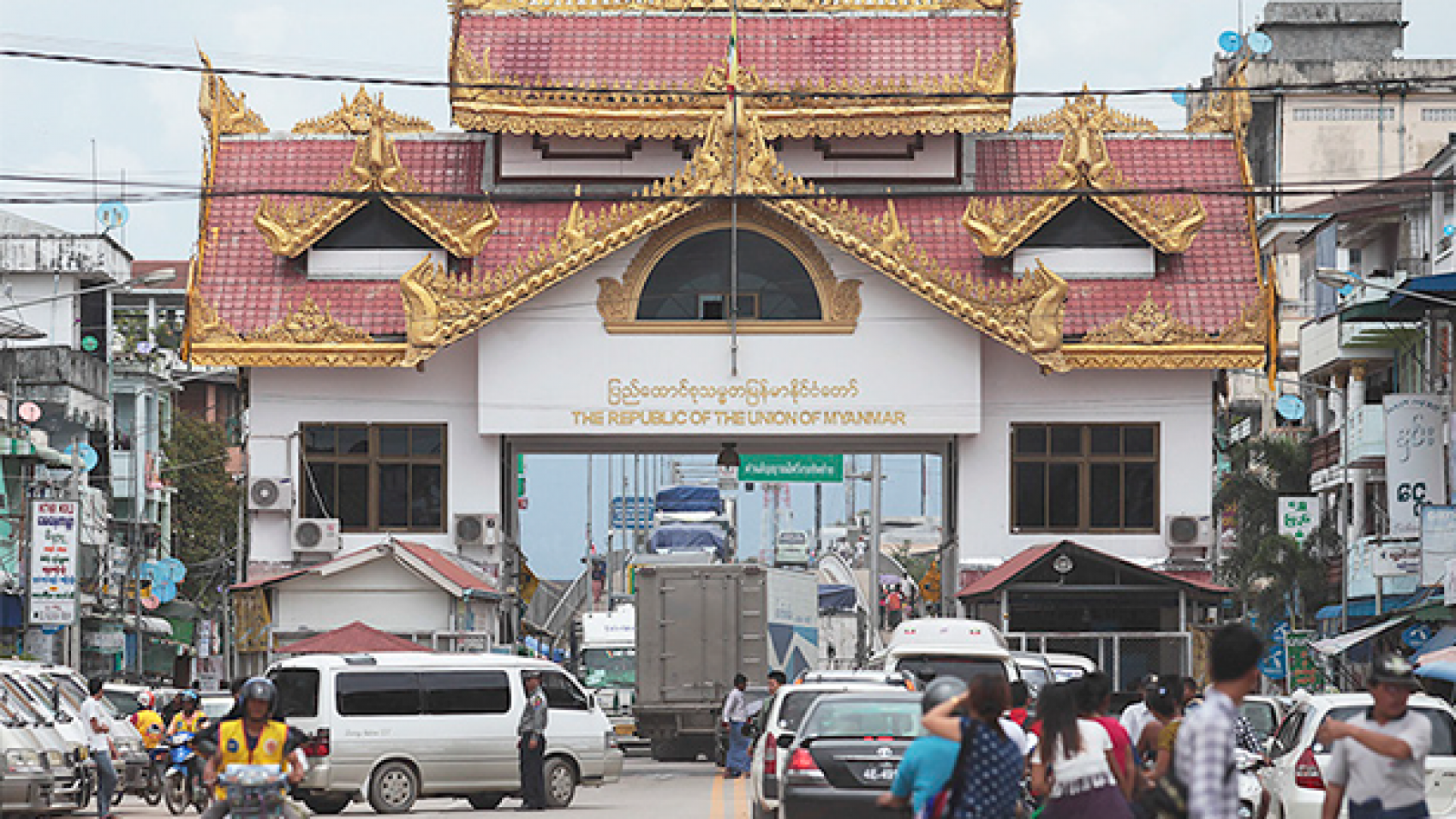The prices of rice in the export market slightly decreased in October owing to the coronavirus impacts, as per data of Myanmar Rice Federation (MRF). In October, the export prices of white rice (low quality), broken rice and parboiled rice slipped compared to September’s rate. The prices moved in the range of US$330-415 per tonne of white rice depending on quality, $220-310 per tonne of broken rice and $440-485 per tonne of parboiled rice, indicating a slight decrease compared with the previous months.
Consequently, the price of low-quality rice, which is primarily exported to foreign countries, also dropped by K1,000-3,000 against last month’s rate in the domestic market. Following the coronavirus resurgence in Myanmar, high-quality rice (Shwebo Pawsan variety) was highly demanded in the domestic market. The domestic retail market in October saw a significant rise to K57,000 per 108-pound bag from K50,000 registered in September.
Ayeyawady Pawsan variety was priced K36,000 per 108-pound-bag in the domestic market last month, while low-quality rice fetched K21,500-23,700, MRF data showed. The export price of Myanmar’s rice is relatively lower than in other Asian countries such as Thailand and Viet Nam. Yet, the prices are higher than those market prices of India and Pakistan, MRF’s data showed. Next, the Ministry of Commerce, Myanmar Inspection and Testing Service (MITS), the authorized organization of the State and MRF implemented rice reserve scheme on 30 April. The state’s emergency rice reserve is to ensure food security, keep the price stable in the domestic market, continue to export them regularly and lessen the worries of the consumers during the COVID-19.
There is self-sufficiency in the domestic market, and people do not need to concern over the shortage of rice. A total of 321,771 bags (108 pounds per bag) from reserved rice have been sold between 10 July and 26 October 2020. MRF will sell up to 1 million bags of reserved rice. About 678,229 bags are left to sell, MRF data showed. Additionally, the volume of rice and broken rice exported between 1 and 16 October in the current financial year 2020-2021 reached 35,637 tonnes, worth over US$14 million, as per MRF’s data.
MRF expected to ship 2.4 million tonnes of rice, and broken rice in the last FY ended 30 September 2020. The country surpassed the export target, sending over 426,611 metric tons to neighbouring countries through border trade and over 2.15 million tonnes of rice and broken to foreign trade partners via maritime trade, totalling over 2.58 million tonnes. A surge in rice shipping through sea trade was contributed to meeting year’s export target, MRF stated. Myanmar targets to export 4 million tonnes of rice and broken rice in the current financial year 2020-2021, stated U Aung Than Oo, vice president of Myanmar Rice Federation (MRF). Myanmar shipped 3.6 million tonnes of rice in the FY2017-2018, which was an all-time record in rice exports. The export volume plunged to 2.3 million tonnes, in the FY2018-2019.
Source: The Global New Light of Myanmar

